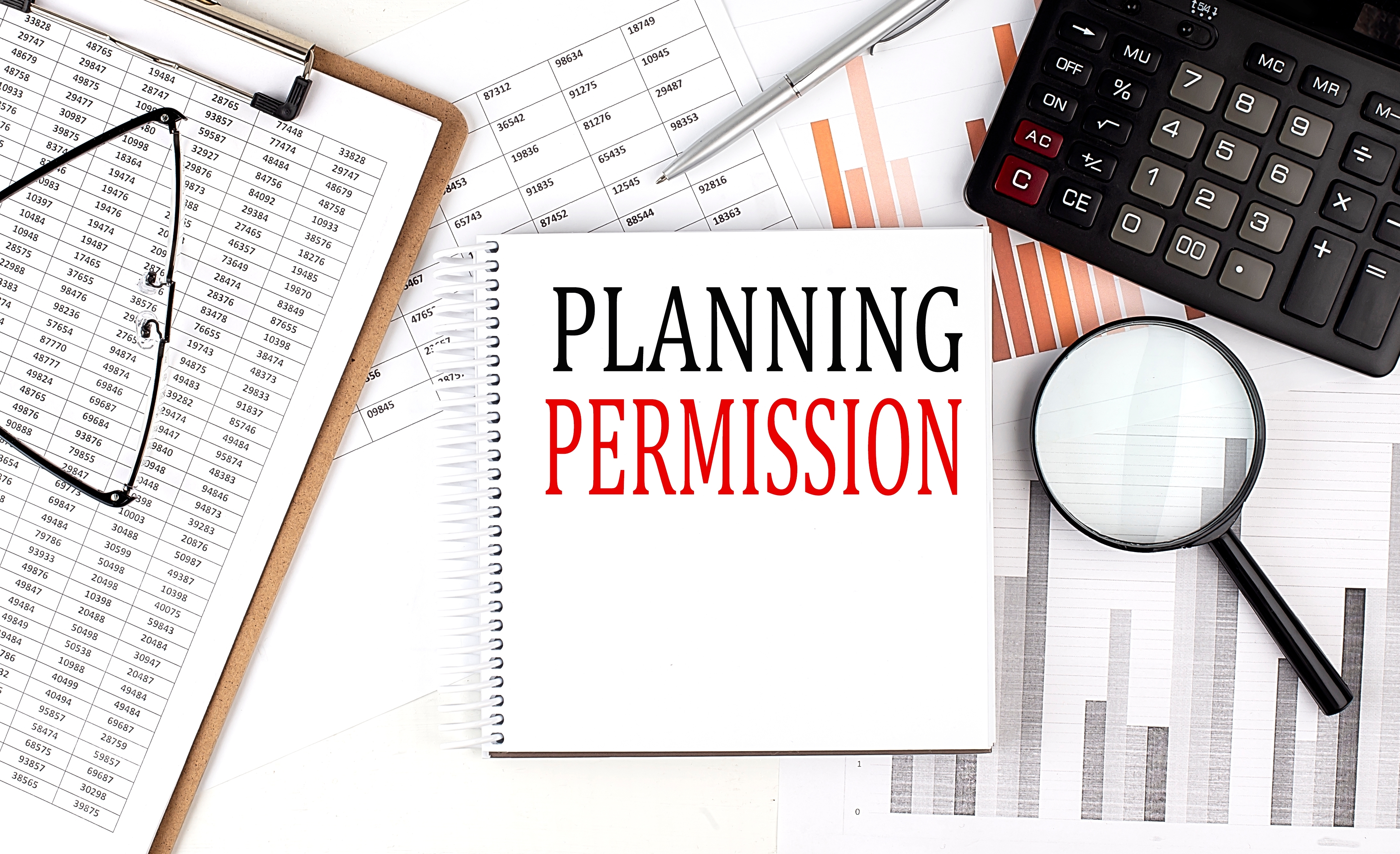Development Application Requirements

What is a Development Application?
Development Application is a two-step approval process for building within NSW with the Development Application or Development Consent being the first step once the applicant has received the Notice of Determination then the applicant must apply for a Construction Certificate. A Construction Certificate can be issued by either Council or a Private Certifier.
A Development Application gives the owner of the land permission to use the land for the proposed used, it does not give permission for building works to be undertaken this approval is the Construction Certificate.
All Development Applications must be lodged via the NSW Planning Portal with relevant documentation also uploaded.
A pre-lodgment meeting is required for all developments within the Warrumbungle Shire Council these are a free service to ensure that information is correct prior to lodging on the NSW Planning Portal. Appointment can be made by calling Environment and Development Services on 6849 2000.
Statement of Environmental Effects
A Statement of Environmental Effects (SEE) must accompany all development applications. The SEE must demonstrate that the environmental impact of the development has been addressed and sets out the steps to be taken to protect or to mitigate harm to the environment. The SEE must demonstrate how the development satisfies the relevant policies in the DCP and justify any non-compliance.
For minor developments (carport, pergolas, dwellings, alterations etc.) the applicants must complete Council’s Statement of Environmental Effects(PDF, 163KB) form.
For commercial developments the Statement of Environmental Effects(PDF, 207KB) Form 2 must be completed.
For larger scale developments a Statement of Environmental Effects or Environmental Impact Statement (EIS) must be completed by a suitable qualified person.
Below are the steps that need to be followed to lodge a Development Application with Council.
Step 1 - Lodging an Application
Development Applications must be applied for on the NSW Planning Portal and include the following information:
The minimum information required for all Development Applications:
- A completed Development Application on the NSW Planning Portal
- Written owners consent (all landowners signatures or in the case of a company the company seal and authorised persons signature
- Statement of Environmental Effects
- Prescribed fees
- Site plan including road, utility services, easements and boundary setbacks
- Site analysis plan for larger developments. This is expressed in the form of a sketch drawing (site analysis plan) of the subject site and adjoining land which accurately identifies and explains:
- Key features of site (buildings and their setbacks, site dimensions, area, spot levels and contours, easements, location of services, trees and the like),
- How the development relates to those features and immediate surroundings.
- Survey Plan with site levels (in some cases)
- Scaled drawings detailing
- Floor plans
- Elevations
- Finished levels
- Vehicle access and parking arrangements
- Landscaping
- Proposed methods of drainage
- Shadow diagram for dwellings over single storey in RU5 and R1 zones where potential shadow impacts may occur to neighbours
Depending on the type of development other information may be required:
- Bushfire Assessment Report:
- Bush Fire Consultants Report - if in RU1 zoned land and Bush Fire Prone
- Bush Fire Self-Assessment - if in residential zone land and Bush Fire Prone
- Preliminary flora and fauna assessment (7-part test under the Threatened Species Conservation Act 1995)
- BASIX Certificate and commitments shown on plans
- Engineering investigation report for flood affected land
- Flood Prone Land – Floor and Ground Levels (AHD)
- On-Site Sewage Management System (OSSMS) application (may require supporting Geotechnical and Water Balance reports)
- Water Supply Connection Application Form
- Heritage Impact Statement
- Aboriginal Heritage Assessment
- Traffic Study
- Contamination Report (Preliminary or Detailed Investigation)
- Acoustic Report
- List of existing and proposed fire safety measures
- Environmental Impact Statement (for designated development)
- Submission of a Section 68 Application for approval under Local Government Act 1993. As advised by Council’s Development Services Staff
- Soil type/classification
- Water and sewer access connection forms for new development
- Liquid Trade Waste application form
Step 2 - Pre-lodgment Review
Once all documentation is uploaded Council Staff will review the documents and send notification if more information is needed. If the information is sufficient then a Fee Quote will be sent for payment of fees. No assessment is undertaken until fees are paid.
Step 3 - Approval of Application
Once the Development Application is assessed and approved a Notice of Determination and Stamped Plans will be uploaded to the NSW Planning Portal.
The Notice of Determination (NOD) gives approval for the use of the land for the proposed development this is not approval to commence building. The Stamped Plans show what has been approved to be placed on the land. Any changes to the plans or layout of the building must be approved by Council via a Modification.
The NOD will have a number of Conditions of Consent that must be met throughout the building process and will be checked prior to Construction Certificate being issued and final Occupation Certificate being issued.
If you have any questions in relation to the Conditions of Consent, ensure that you contact Council Staff to explain them to you.
Step 4 - Ready for Construction Certificate
Once you have received your Notice of Determination and have read and understand the Conditions of Consent you are ready to commence preparation for the Construction Certificate Application vie the NSW Planning Portal ensuring that you have all the required documents see the Construction Certificate tab for further details and step by step process.